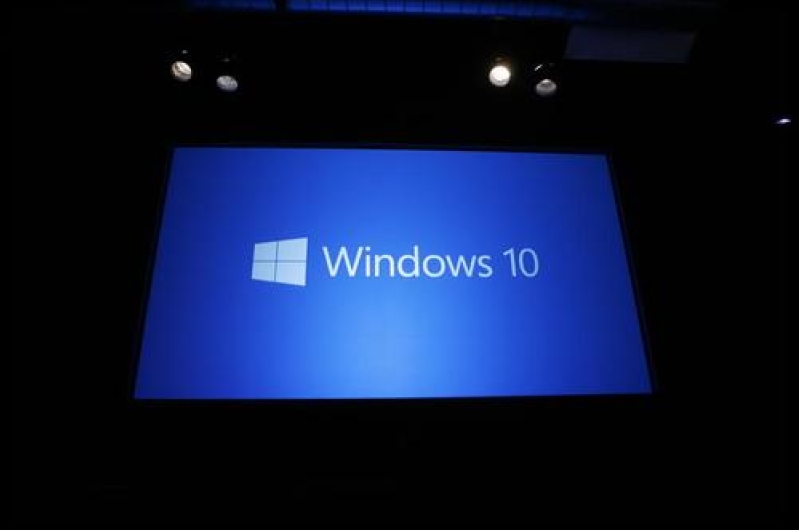
Many have wondered why Microsoft unveiled an operating system known as Windows 10 at a recent press event in San Francisco when the current version is Windows 8. Most say that the leap into this new version of Windows is such a great effort by Microsoft, that it has to be a deliberate skipped step as far as the name is concerned, which is why it is not called Windows 9.
Terry Myerson, Microsoft's executive VP of operating systems, only slightly touched on the naming of Windows 10 at the operating system's unveiling. He actually suggested that Windows One would have been a better choice, as the current Xbox is named that. However, he didn't like the name as it could easily be confused with Windows 1.0 that Bill Gates unveiled many years ago. Myerson did make it clear that the audience didn't misunderstand, and that "it's a name that resonated best with what we'll deliver".
Others have said that perhaps Microsoft might make incremental releases of Windows after Windows 10, which means users can simply download them for free when an update is available. This strategy was implemented by Apple with their Mac OS X. However, another Microsoft spokesperson stated that "Windows 10 carries Windows forward into a new way of doing things. It is not an incremental change, but a new Windows that will empower the next billion users".
Related: Windows 10 Release Date, Features And Preview Download Info
In actuality, there have been 10 major consumer releases of Windows, which would probably justify a name of Windows 11. There has been some speculation that the naming of Windows 10 could be related to a line of code in a lot of third-party products in the form of
if(version.StartsWith("Windows 9")) { /* 95 and 98 */ } else {
This means that any program with this line of code would have perceived any software known as "Windows 9" to be confused with the old operating system of Windows 95 or 98. This would have resulted in a lot of compatibility issues and programs would have stopped working, which would lead to much frustration to a potential user of a product officially called Windows 9.
Inconsistent numbering of product is not a new thing in the tech world. Most tech products cannot be properly identified by their number, such as the iPhone and current version of the iPad, now simply the "iPad Air", unless Apple changes that at this year's announcement.







